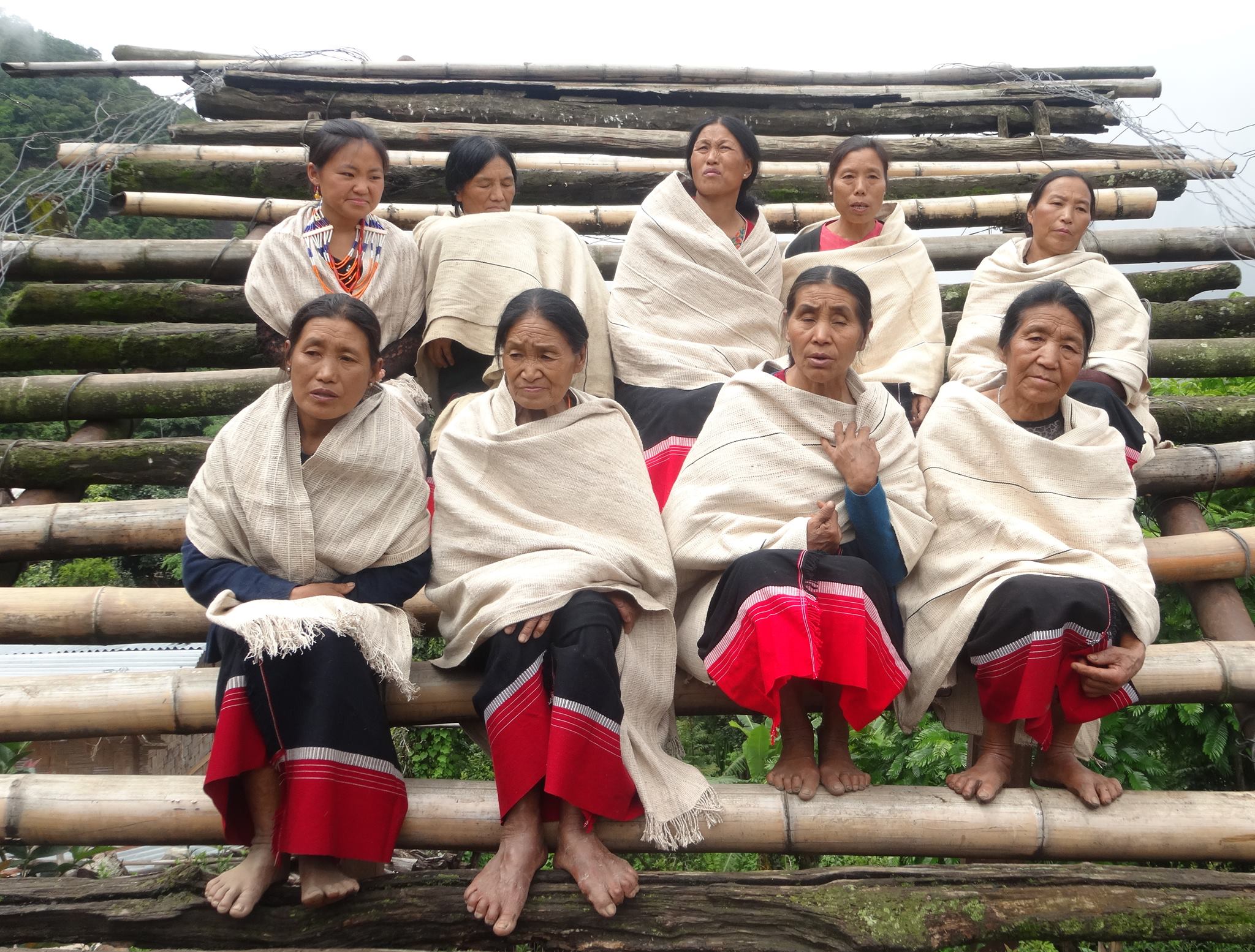The URBALTOUR project in Nagaland investigates the interplay between urbanization and tourism in South and Southeast Asia’s mountainous regions. Focusing on Kohima, Nagaland, the study explores the transformation of the city due to the surge in tourism, propelled by events like the Hornbill Festival. Supported by France’s National Agency for Research, the project delves into the globalization of urban models through tourism and its impact on local governance, planning, and economic development.
Why Kohima?
Kohima, historically significant for its administrative and military roles, has emerged as a pivotal site to analyze the evolving tourism landscape in Nagaland. After the 1997 cease-fire agreement with armed separatist groups and subsequent relaxation of travel restrictions, the city witnessed an influx of tourists. The Hornbill Festival, celebrated annually since 2000, has been instrumental in positioning Kohima on India’s tourism map, showcasing its ethnic, memorial, and environmental attractions. With plans for a railway station and hospitality sector expansions, Kohima aims to become a key tourism hub in Northeast India.
The project, which began in 2022, employs interviews, site visits, and GIS mapping to gather data on Kohima’s history, urban development, and hospitality sector. Comprehensive fieldwork assesses the impacts of tourism on Kohima’s economy, environment, and governance structure. Interviews span institutional stakeholders, hospitality sector representatives, shopkeepers, and tourists.
Preliminary findings reveal significant growth in Kohima’s hospitality sector, with homestays driving expansion, particularly in surrounding villages. The Hornbill Festival boosts the local economy but poses challenges in infrastructure management and sustainability. Rural communities actively engage in tourism, benefiting from social media connectivity. Kisama Heritage Village, central to the festival, showcases Nagaland’s cultural diversity.
Tourism empowers local communities, particularly women, through entrepreneurial opportunities like homestays and artisanal businesses. The emergence of homestays fosters economic growth and sustainability at the grassroots level.
Stakeholders advocate for improved planning and collaboration to manage tourism effectively. A unified approach is crucial for mitigating negative impacts and maximizing benefits. Leveraging Nagaland’s cultural and natural assets, stakeholders aim to explore diverse tourism opportunities beyond the Hornbill Festival.
Thus, the URBALTOUR project sheds light on Kohima’s evolving tourism landscape, emphasizing the need for collaborative efforts to ensure sustainable tourism development. By fostering partnerships and discussions, stakeholders seek to unlock Nagaland’s tourism potential while addressing challenges effectively.


